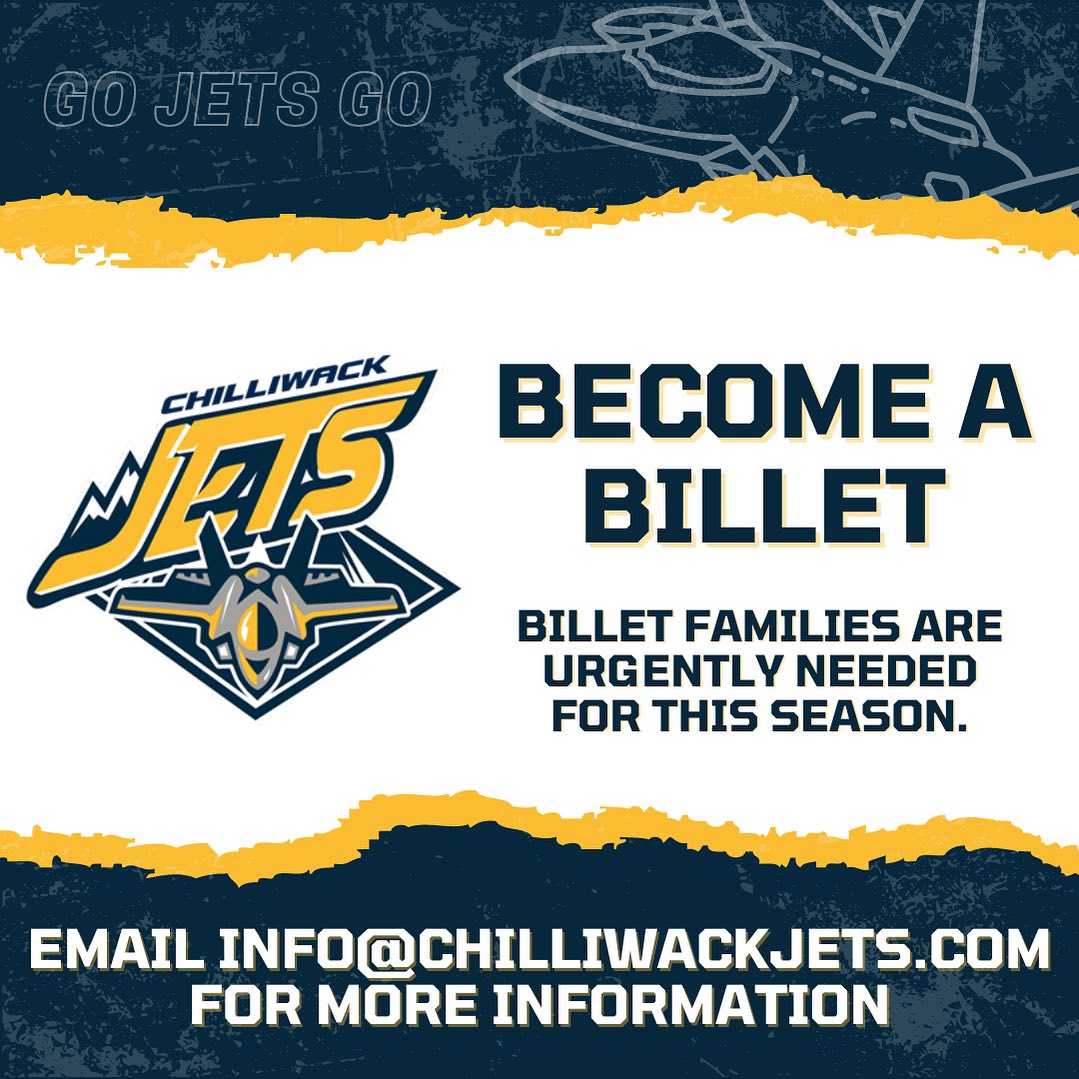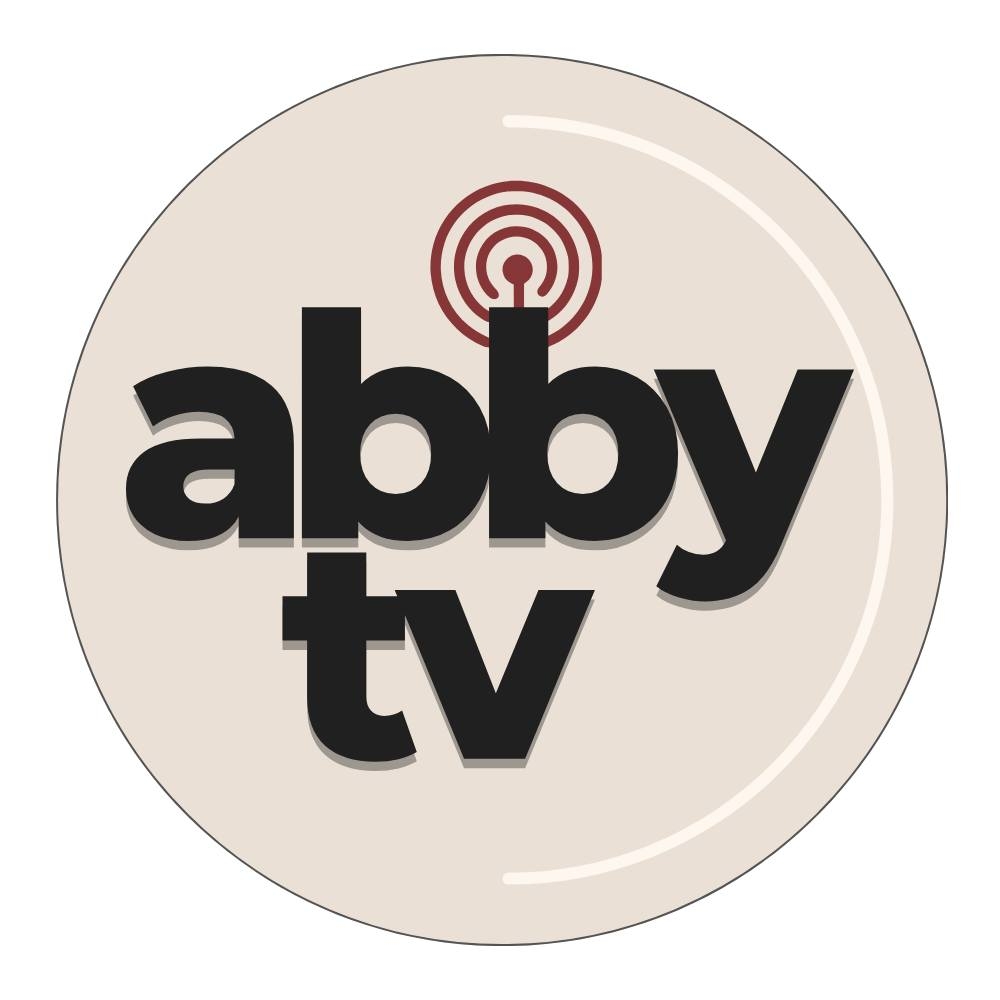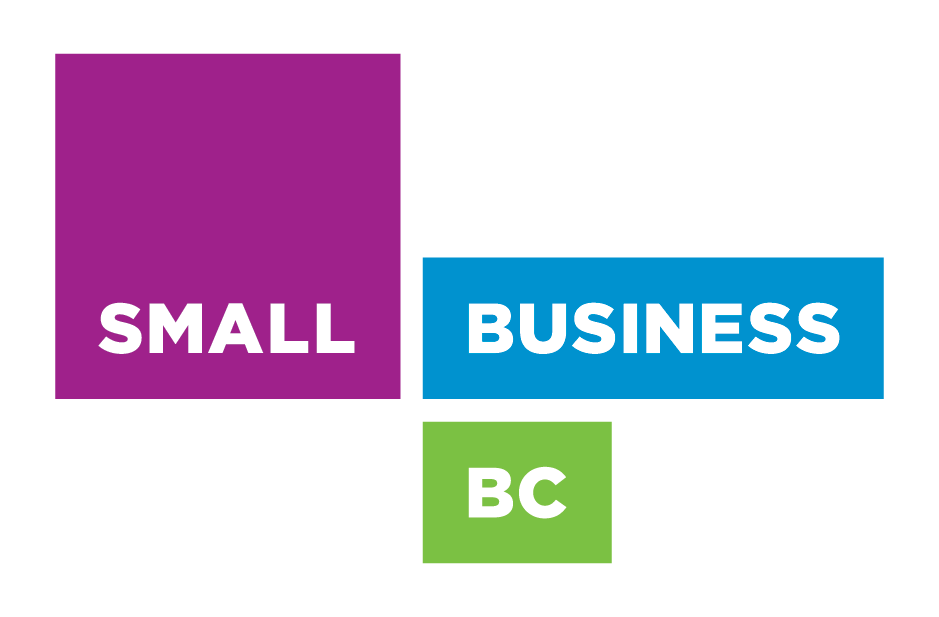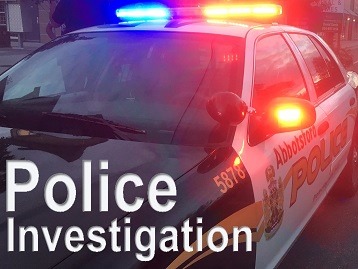Fraser Valley – After a record low return of sockeye in 2020, an Indigenous-led working group has published a set of guidelines they say will be fundamental in supporting salmon population recovery in the lower Fraser.
The Lower Fraser Fisheries Alliance, in collaboration with Raincoast Conservation Foundation, Martin Conservation Decisions Lab at the University of British Columbia and West Coast Environmental Law outline 5 guiding principles in their Blueprint for restoring ecological governance to the Lower Fraser River, published today:
- A commitment to sustainability that spans seven generations.
- Governance that honours Aboriginal rights and title, inherent Indigenous jurisdiction and law, and the United Nations Declaration on the Rights of Indigenous Peoples.
- Clear enforcement mechanisms to ensure ecological resilience.
- Sustainable funding for governance and ecosystem-based management.
- Respect for the opinion, voices, experiences and culture of others.
“Estimates of many Fraser River chinook, sockeye, coho and steelhead populations have reached record lows in recent years, and as of 2018, one third of these populations are at-risk of extinction. Closures of First Nations, commercial and recreational salmon fishing on the Lower Fraser River are becoming routine and affect fishing for numerous species and communities throughout the Fraser,” said Murray Ned, Executive Director of the Lower Fraser Fisheries Alliance.
LFFA has initiated efforts to help advance community-driven approaches that support salmon recovery, citing a lack of long-term planning and Indigenous perspectives in existing wild salmon conservation strategies.
“Without addressing the mismatch between decisions that affect salmon habitat and the social and economic consequences of those decisions, the loss of habitat and populations will continue. To this end, LFFA is developing a regional First Nations Fish Habitat Restoration Strategy, grounded in Indigenous law and knowledge and drawing on the best scientific and technical analyses to guide restoration efforts in the region”, explains LFFA Habitat Restoration biologist Ian Hamilton.
In 2020 just 283,000 sockeye salmon returned to the Fraser River, the lowest return ever recorded. This marks a significant drop from 2009 when the return was approximately 1.5 million sockeye, from an anticipated 10 million, triggering the $30 million Cohen Commission by the Government of Canada.













